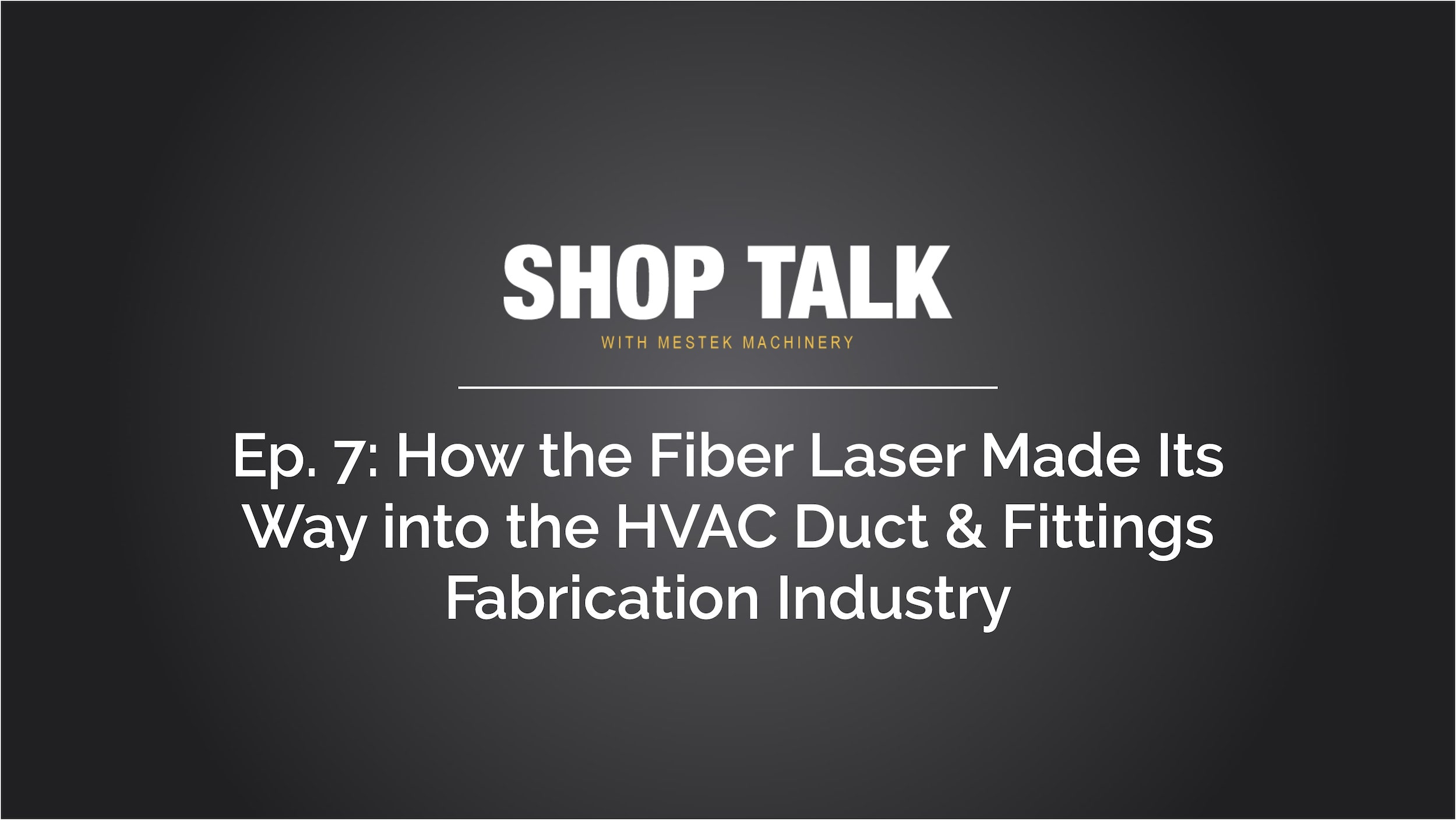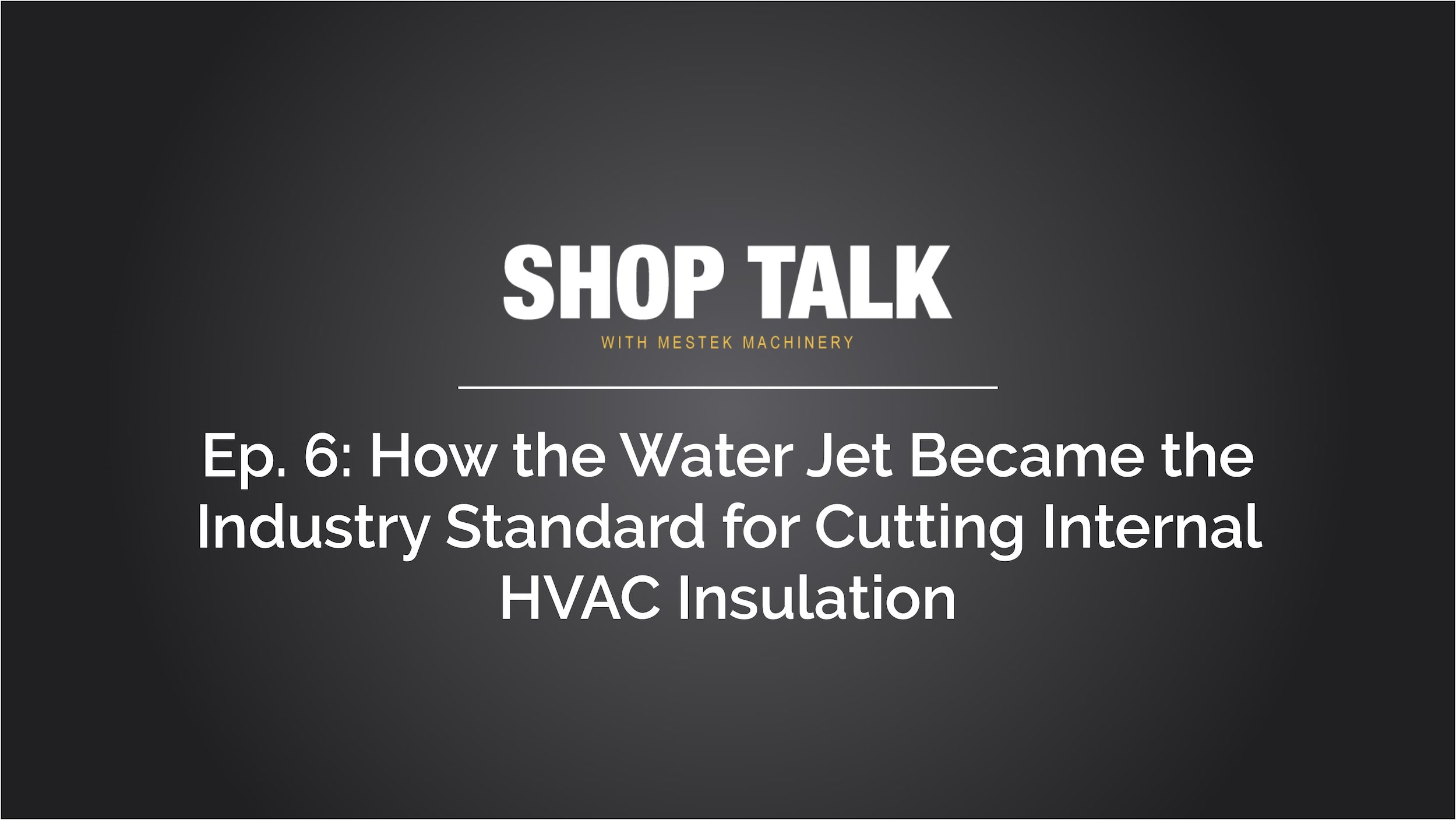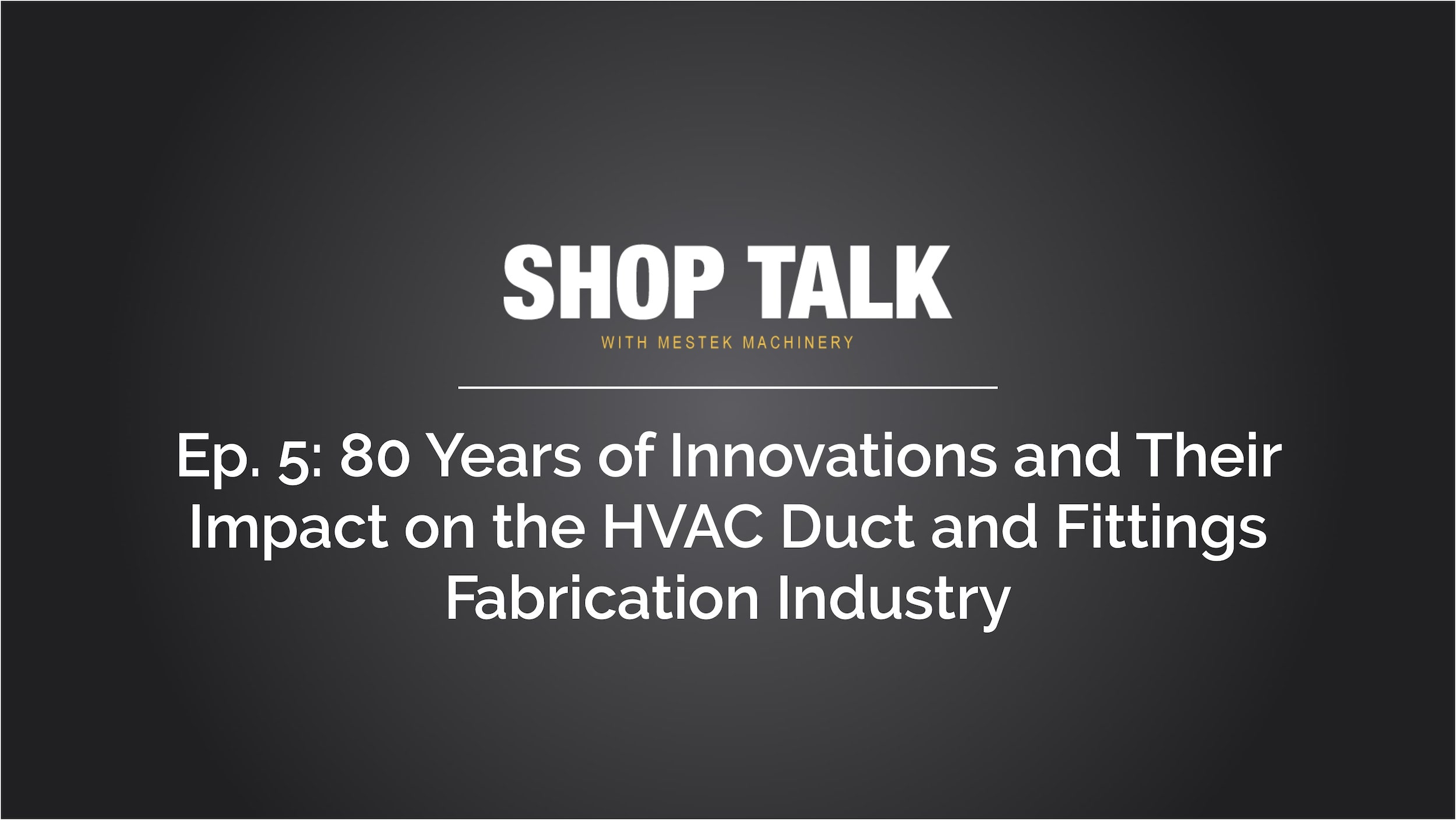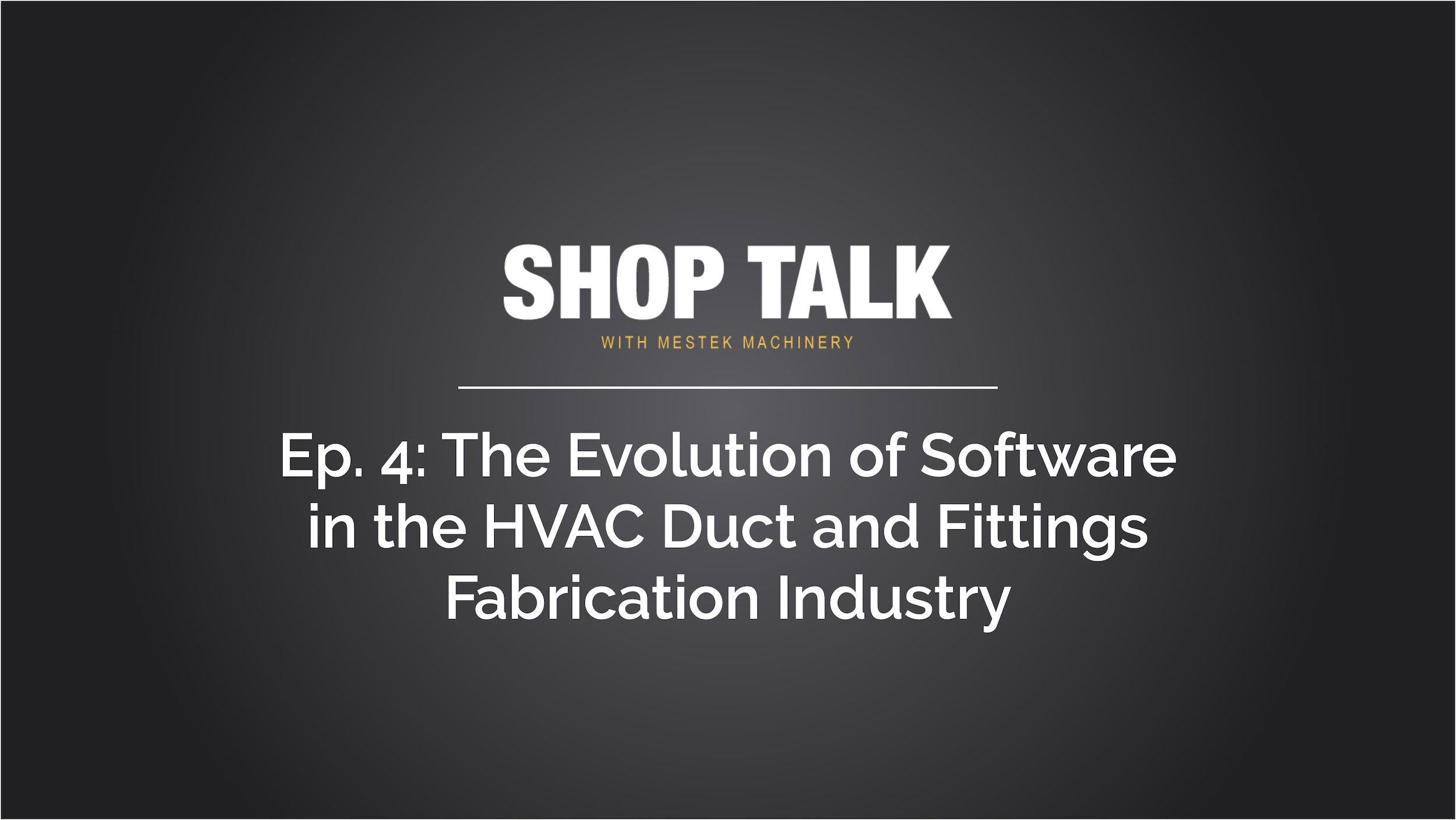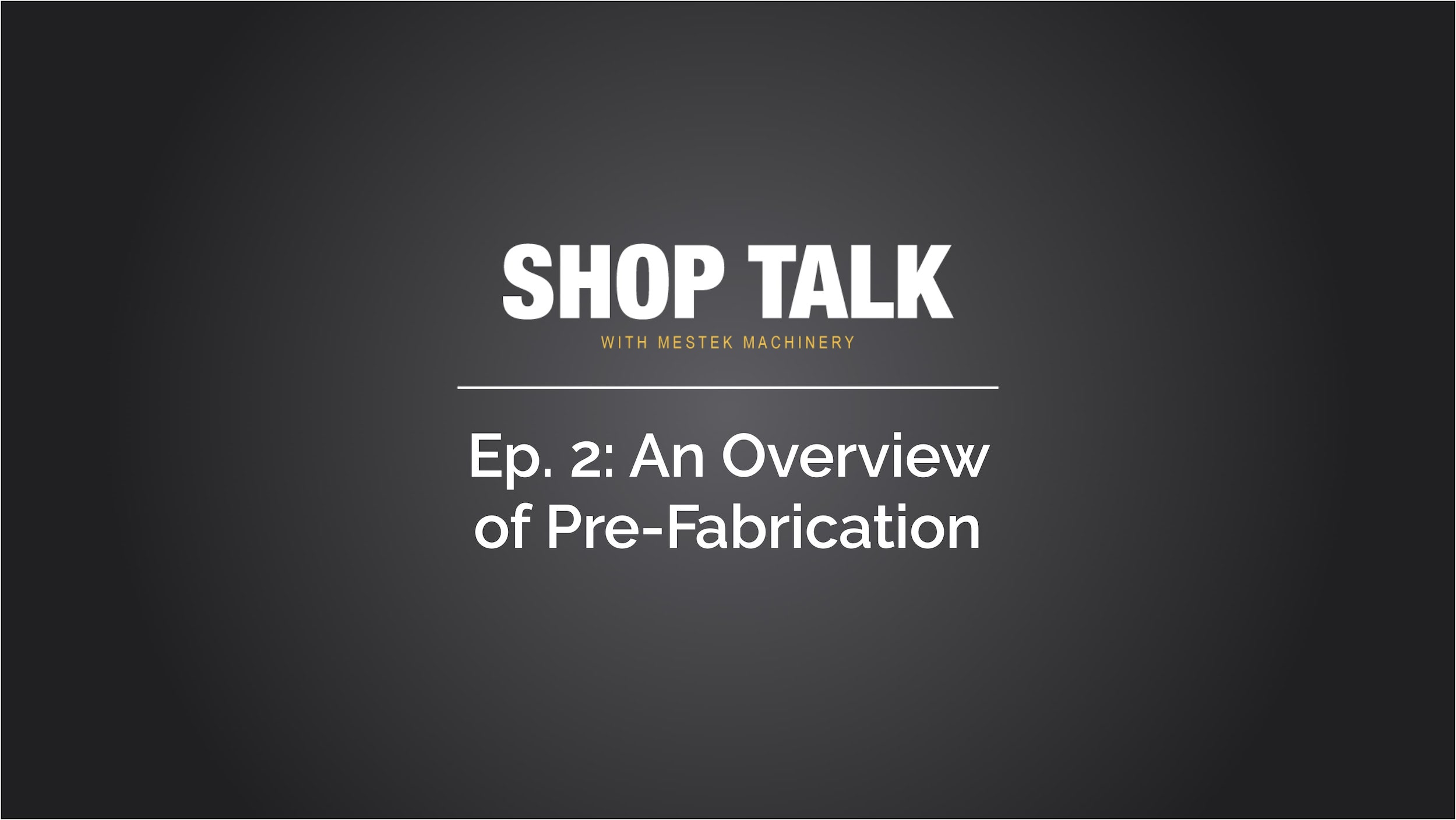Shop Talk with Mestek Machinery is a new video and podcast series developed as way to to discuss the topics that matter most to the HVAC duct and fittings fabrication industry and to provide another good resource to fabrication shops or contractors (or anyone else in the industry) as you look for ways to improve your operations. In this podcast, John Welty is joined by Mike Bailey and David Daw — that’s over 100 years of experience in the HVAC duct fabrication and sheet metal industries — and the discussion focuses largely on the evolution of the HVAC industry including methods of production, technologies, changes in the workforce, and much more. As you’ll see in the discussion (and as you’ve probably felt depending on how long your shop has been in business), a lot has changed over the years and the industry continues to evolve. Of course, each shop is unique and has its own operational needs and constraints. But that’s why we’re here to help as you make these evaluations. So please don’t hesitate to reach out for a consultation — we’d love to understand what you’re looking to do and see how we can help you achieve your objectives (and there’s absolutely no obligation).
Meet the Panelists

John Welty
Owner | Welty Automation
- Welty Automation is a strategic partner providing machine automation and engineering support to Mestek Machinery
-
Started at Iowa Precision Industries in 1996 on the drafting board
-
Software development progressed within engineering, and then the factory, and now the HVAC Ductline controls
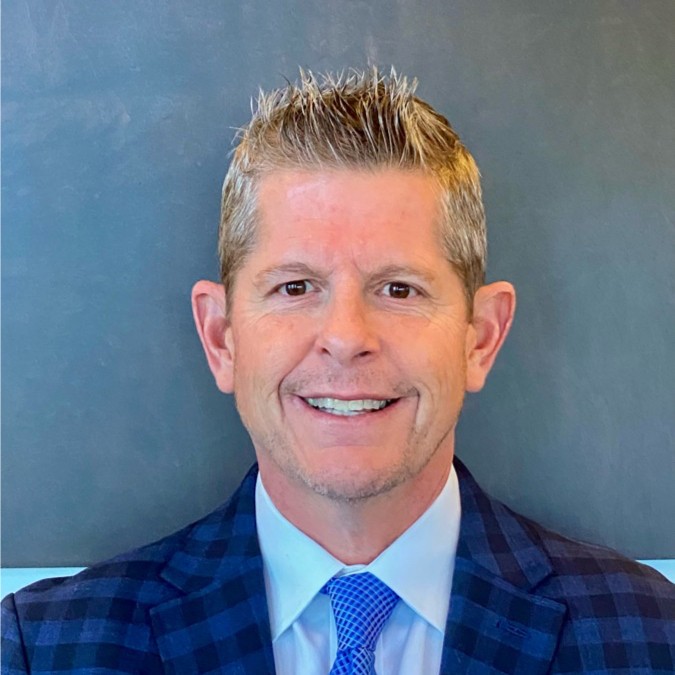
Mike Bailey
Senior VP of Sales | Mestek Machinery
- 27 years in the HVAC duct and fittings fabrication and sheet metal fabrication industries
- Bachelor of Science Degree | James Madison University
- Helped develop Premier Partner Program with SMACNA
- Partner to Trimble and Applied Software Cad to Cam Processes

David Daw
President | HVAC Inventors Systemation, Inc.
- Product Development consultant to Mestek Machinery
- HVAC fabrication industry technology inventor for over 50 years
- Inventor of Cornermatic corner inserter machines, specialized TDC and TDF corners, and Bendermatic (expected to hit the market in mid-2022)
Watch the Video
Listen to the Podcast
Read the Transcript
Hi, I’m John Welty, welcome to Mestek Machinery Shop Talks. I’m here with David Daw and Mike Bailey, and we’re just going to be talking about some of the evolution of the HVAC industry today. I’ve been involved in the HVAC industry, I grew up around it, obviously, being third generation Welty, my grandpa starting Welty [inaudible 00:00:27], David Daw, you’ve been in the industry at least that long, except for actively involved. And Mike you’ve been involved for decades here, heavily involved. What do you guys see happening, evolving in the industry? Where’s things come from, and how did we get to where things are today, and how have you seen things change?
I’ve seen a noticeable change just in the contractor, and the level of involvement from the contractor. It’s a different construction method out there today, I started in ’95 when things were built a little bit slower. It’s a lot more fast paced today. The technology has definitely picked up, I think that construction in general man hours are probably the same, but the construction has probably almost doubled. So technology is a big change in the industry that I’ve noticed over the last 25 years, it’s just evolved. So much so that the contractors are now much more savvy than they were back in the mid ’90s when I was just starting to get into it, and that’s when I first met David, who had probably been in the industry some 20 years by the time I had met him.
Yeah, my first trip into Welty Way, which was your father, brother and grandfather that started the company, when the market was, if I’m not mistaken, 40 inch coils, and we were just moving to five foot duct. That additional foot makes a big difference as far as how many joints you have to hang in the field, that was a big change in the evolution that Welty brought into the industry from adding on insulation, fasting, roll forming joints and all that today, duct line used to cost $250,000, it’s now $1 million plus, maybe. And there are a lot of things on that line that weren’t even contemplated back 40, 50 years ago.
Yeah, I think one of the evolutions I’ve seen, and we’ve all seen and noticed is the change, and that’s the change in duct construction. I think [inaudible 00:02:33] has had quite a bit of influence on that, which has been good, but we’ve also seen the change from what you would call slip-on flange, to now rolled on flange. And I think that change started somewhere in the mid ’80s, the late ’80s, I believe that was when that change was starting to evolve.
Well, I can remember back when I was first in this industry, if you went around the country, there were certain sections that used what they call a government lock, or pocket lock. And that was North Carolina, Jersey, California, and other places. And there were standing [inaudible 00:03:10] all throughout the Midwest here, there was Vanstone Construction, so the transverse joint was, it must have been four, five or six different processes, different techniques. And then when the four bolt connector came on, which is a product that came on in Germany years ago, but it was Americanized, and that spun off the basically four bolt connectors which slide on and rolled on, and that went around the world. Today if you would’ve told me 40, 30, 40 years ago, that one connection would be dominant, I would’ve said that, never going to happen, but it is, even to the point that now it’s driving out slip and drive, so that one four bolt connector is the connector of choice worldwide. It’s a huge in the industry.
So thinking of that, when I’ve been out on some installations around the country, I’ve seen that there’s sometimes differences that feel like they’re regional differences. Like in the Massachusetts area, I’ve seen some different drives that they’re using that I’ve never seen used anywhere else. Do you still see that type of regional difference from time to time, or is that starting to reduce?
I think you still see it, you still have some old school. They’re just not, the culture kind of starts at the top, right? So I think what you’re talking about in the Pacific Northwest, or the Northeast, say, is more like New England cleat is still be being used, where you don’t see that in the Southeast, but when you get into the Pacific Northwest, you see more two foot coil being used to gain, I would say, do you want to gain, not gain, to get away from using galvanized angle, you can use two foot coil and use intermediate tie rods.
Okay.
So you see a lot of that in the Pacific Northwest, unlike you would in the Southeast or Southwest.
Yeah, that’s the only place I’ve ever seen that was out there.
Yeah. It makes duct work a little bit lighter and it’s easier to construct, so it’s more affordable to do as well. So again, that’s to do with intermediate tie rods, which is one more thing that’s evolved over the last 20, 25 years, is internal reinforcement, versus to get the exterior galvanized angle for reinforcement. It’s changed duct construction quite a bit.
Well, yeah. There’s another point, when you had external angle or hat lock channel reinforcing the ability to hole punch now on lines, has just gone to a conda lock or a rod internal, which is wild, become the standard pretty much. I can’t think of the last time I saw external angle reinforcing, certainly in mid panel, I mean, it’s just gone away.
Yeah. I have not seen it, but of course I’m only involved with lines that have gone up from domestic machinery factories, so I’ve got kind of a narrow scope as compared to you guys, you guys see quite a bit more.
Yeah, you want to talk about a labor saver, Jesus. Once you built duct work, 4, 5, 6 foot duct, whatever, if you had to reinforce it in the mid panel or at the joint with an angle, I mean, the cost is just through the roof, and that’s just gone away pretty much.
Yeah. And that’s all labor costs.
Whoa. It’s huge.
Which to your point, I think that’s another broad topic, labor. It’s a different labor pool today than it was in the ’90s, ’80s and ’70s. And I think most owners and contractors would tell you, I’d like to have more input, right? I’d have less input, more output, with less chance of human error. So when you talk about punching tie rod holes and core lines, then you see a hole, you put a rod in it, right? So I think that’s a whole other topic to be discussed, but labor is definitely a big change in the industry, from even when I started to today.
Don Romano, who was retired from Heritage Sheet Metal, Heritage area down in Long Island, he told me years ago that before hole punching, that they would put a magic marker X on the outside of the duct to put the hole in.
Yeah.
He said for reinforcing it, he said there were many times that that was marked incorrectly. Well, when you get a hole made automatically on a duct line, it’s no second guessing, it’s got to be filled.
Yeah, it goes back to the history of even starting with the plasma tables, right? That originally started out as just producing stickers to tell a fabricator how to cut the fitting, not to cut the fitting. And when I found out that that’s where that technology started, it blew my mind. They were looking for a table to actually do the cutting.
Yeah.
And I’m like wow, just the sticker itself would’ve been a technological advance.
Yeah.
Was something that surprised me.
Yeah.
And then to see how that evolved into actually cutting it out, and then to what it’s come to today with the laser tables and those sorts of things that you see people using, like you said, the productivity’s increasing, throughput is increasing, the quality of the end product is better. So it’s exciting to see all those things changing.
Yeah, and that plasma cutting industry back in the mid ’80s, that changed the industry. That revolutionized the industry, but it also drove out some of the skilled labor, and that changed quite a bit when it came to the labor pool, and the skill of the worker, whether it be in the field or especially in the shop, which led to integration of software and things of that nature. So I think that’s probably where that labor pool started to change, right?
Right.
There’s still some people today, and if you find them, they’re diamonds in the rough, that could lay out a fitting. I certainly could not do that. I started training in ’95 and plasma was already out, so that was probably the single most revolutionary product that was brought to this industry.
Absolutely.
Yeah, that’s a great point. I remember I was down in a shop down in southern Illinois, I think it was, I was with a guy working on a plasma table control, and we were having a problem with a driver or something, I don’t know what the issue was, but he told me, he said there’s a bottle of Jagermeister in the fridge, you can have it if you get this working, but if not, you’re staying with me and we’re cutting fittings tonight, because this job’s getting done, with or without that table.
And you found a solution, didn’t you?
We got it working, but not in time for the Jagermeister.
Yeah.
But we did get it done without having to cut the fittings out by hand, I was glad to hear that. But it was interesting, I was working with a guy that, to him that was a fallback option, and you don’t see that anymore. Nowadays, I’ve been to a shop down in Texas that the processor was down, and they were using that to cut blanks for the whole shop. The whole shop was down. They were having to furlough the shop for a week while they waited for a part. And so I was able to come in and just get them temporarily running, and the whole shop was celebrating. So you can see how the technology is helping, but it also creates a dependency. So there’s a responsibility to try to continue to improve the robustness of that technology.
Sure. I think at one time I was, and I was a sponge for information, there was mention of, well before I was born, that when this coil lines came out, the projections were going to be, they may sell a hundred. And I think just in the US, not internationally, but just in the US, there’s over 1500 now. So another thing I’ve seen through my 27 years if you want to call it that, is sheets aren’t, they’re not being used anymore. It’s more coil, as far as making duct, and almost every shop, mechanical, sheet metal contractor, or especially a fabricator, has some sort or type of core processor to do this.
Yep.
And I don’t think anybody could see that back in your father, or grandfather, back in the late ’50s and ’60s when you were starting, that this would evolve into so many of these type of tools being bought and purchased that you mentioned earlier, or maybe David, you did, they were 250, 300,000 in, and now they’re upwards of a million plus now, because of technology and what they can do. But the evolution just of that piece of equipment, along with the plasma cutter, has changed everything.
That plasma table was interesting, the origins of that came out of a bankrupt company in Cambridge, Massachusetts, cutting plate for the shipping industry. And the [inaudible 00:11:41] Iowa dealer at the time, Ralph Richie, I don’t know all of it, but connected up with that company, and along with the Harrington brothers in Boston, started writing the programming and put it together, and the first plasma machine came out of a combination of ship building and one sheet metal contractor in Boston. And it was the first one on the market called Cybermation. Ralph Richie said to me one time, he said someone asked him how many tables he thought that he would sell, some $130,000 at the time, he says they thought 50. So Michael, how many plasma tables are there in the world today?
I was going to say, [crosstalk 00:12:17].
Probably 10 to 15,000 thousand, but in the US, probably somewhere between five and 7,000.
Yeah.
And speaking to startup companies and thinking about getting into the fabrication side of things, cause they don’t want to wait on their duct work anymore, it’s the first thing you buy. You can’t even start a sheet metal shop without the first thing being the plasma cutter, because it drives so much of the shop.
Well you know, when you think about it, if you look at back in the ’70s, big chain in the ’70s and ’80s, a lot of contractors that had duct lines that ran two hours a day for the straight duct work, they wanted to sell that duct work out to other contractors. And they didn’t think about separating into separate companies. So try to go out to market excess capacity to their competitor, didn’t really work well. So the growth of the fabricators was hindered, but what really changed that was the plasma table cutter, because if you want to get into the business today, you can buy a plasma machine and buy all your duct work from a number of fabricators. So that really spawned, I think, the growth of the fabrication industry.
Yeah. Sure.
Well, that gives us quite a bit to talk about with this subject, so we’ll close with that today. Thank you, David and Mike, its been a good time with you.
Pleasure.
Yep.
Enjoyed it.
Any time.
Thank you.



